
Africa’s investment landscape is undergoing a dynamic transformation. Foreign direct investment (FDI) flows to the continent have rebounded from pandemic-era lows and are diversifying across new sectors. Global investors are increasingly eyeing investment opportunities in Africa, drawn by the region’s growth prospects and rich resource base, even as they navigate persistent challenges.
This blog provides a continent-wide overview of key FDI trends, emerging high-potential sectors, recent economic developments shaping investor sentiment, policy reforms improving the business climate, and how Africa’s investment environment compares globally. The picture that emerges is one of cautious optimism – a recognition of Africa’s immense potential and the strategic steps being taken to unlock business opportunities in Africa for long-term growth.
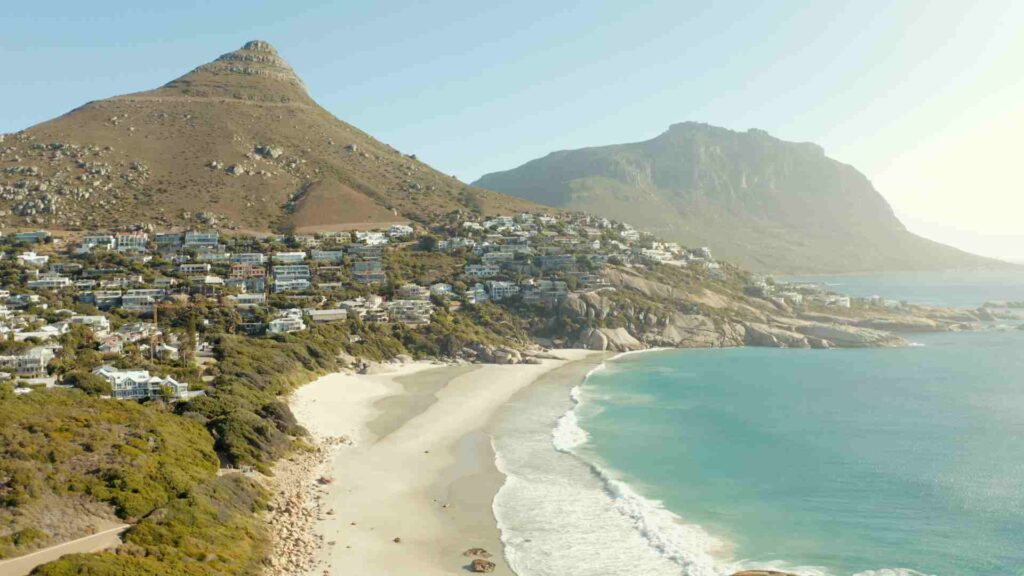
After a record spike in 2021, FDI inflows to Africa have stabilized at a higher plateau. UNCTAD data show that FDI to African countries hit an all-time high of about $80 billion in 2021 (boosted by an anomalously large corporate transaction in South Africa), then fell to $45 billion in 2022. This represented only ~3.5% of global FDI, underscoring the continent’s traditionally modest share of international investment. In 2023, inflows held steady around $53 billion – a slight 3% dip from the previous year. Notably, this decline was less severe than the downturn in other developing regions amid a global FDI slowdown.
The number of greenfield project announcements has been climbing, signaling investor interest even if some big-ticket deals have yet to translate into realized flows. For instance, announced greenfield projects in Africa jumped 39% in 2022 to 766, including several mega-projects over $10 billion.
Major recipients like Egypt, South Africa, and Nigeria continue to attract the largest investments, but FDI growth is not confined to a single country – all five African sub-regions have seen rising inflows over the past five years. Africa’s share of global FDI remains small, but the trend of rising project counts and diversified investor interest points to an improving trajectory for those looking to invest in Africa.
FDI inflows by region in 2023. Africa’s $53 billion of inflows in 2023 (a 3% decline from 2022) remains relatively small next to other regions, highlighting room for growth (for example, developing Asia received $621 billion, an 8% drop amid global headwinds)
However, Africa has historically offered one of the highest returns on foreign investment. During 2006–2011, the African region yielded an average rate of return above 11%, outperforming Asia (9.1%) and Latin America (8.9%) fbj.springeropen.co. This high upside, coupled with Africa’s youthful demographics and expanding markets, keeps the continent on the radar of global investors despite its smaller FDI volume. In short, while Africa’s FDI flows are still eclipsed by other regions, its investment opportunities in Africa are increasingly viewed as a frontier of growth with competitive long-term returns.
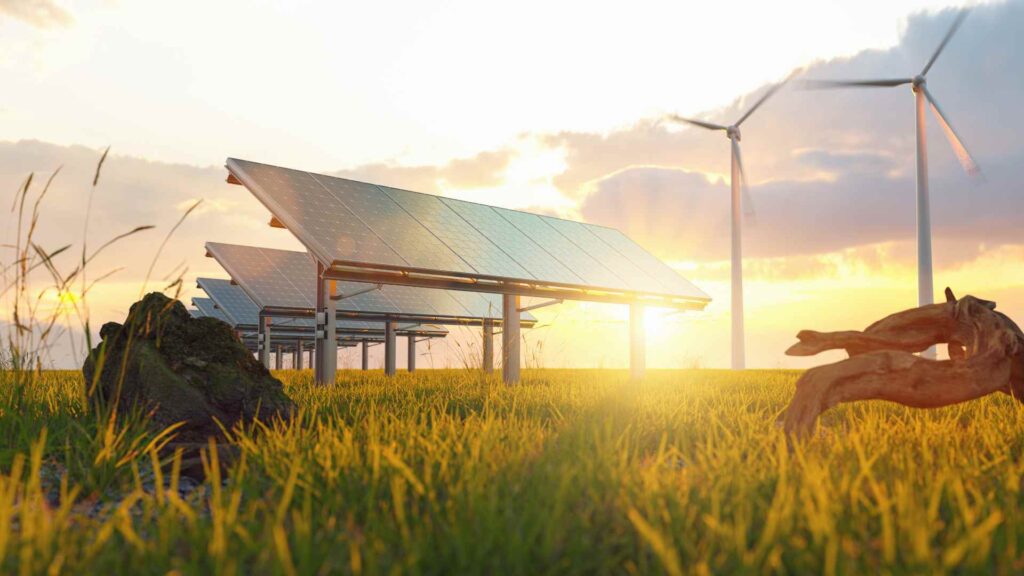
Foreign investment in Africa is broadening beyond traditional extractive industries into a wider array of high-potential sectors. Investors are finding that Africa’s growth story is no longer just about oil, gas, and minerals – it is also about tech startups, renewable energy farms, and new manufacturing hubs. Key emerging sectors attracting global capital include:
– Renewable Energy and Green Infrastructure: There is a surge of FDI into solar, wind, geothermal, and even green hydrogen projects across Africa. Several multi-billion-dollar green hydrogen ventures were announced recently – for example, a landmark green hydrogen project in Mauritania (valued at several times the country’s GDP) and large green ammonia and hydrogen facilities in Egypt’s Suez Economic Zone. Investors are also funding wind farms in Morocco, solar parks in South Africa and Egypt, and other clean energy infrastructure to meet both domestic and export markets. These sustainable energy investments align with global climate goals and position Africa as a future green energy exporter.
– Technology and Digital Economy: Africa’s booming digital sector has seen the highest number of new investment projects in recent years. Global tech companies and venture capitalists are investing in fintech, mobile telecommunications, e-commerce, and business process outsourcing on the continent. Software and IT services have become major FDI drivers ey.com.
– Manufacturing and Industrialization: A push toward industrialization is attracting FDI into manufacturing sectors such as automotive, textiles, and processed goods. North Africa in particular has built a burgeoning automotive industry – e.g. Morocco has drawn investors for car assembly and recently secured a $6+ billion Chinese investment to build one of the world’s largest electric vehicle battery plants
– Natural Resources and Critical Minerals: While diversifying, Africa’s natural resource sector still presents significant opportunities – especially with the global shift to critical minerals. Countries rich in cobalt, lithium, copper, and rare earths (e.g. the Democratic Republic of Congo, Zambia, Zimbabwe, Namibia) are seeing new foreign investments to develop mines and refineries that will feed the world’s electric vehicle and renewable energy supply chains. Oil and gas projects also continue, particularly with recent discoveries (for instance, LNG projects in Mozambique and Senegal) and Europe’s appetite for alternative gas suppliers. Notably, Africa is attracting a growing share of the world’s mega-projects in extractives and energy. In 2022, six of the world’s 15 largest announced greenfield projects were in Africa, spanning natural gas, petrochemicals, and renewables.
– Agribusiness and Consumer Industries: With 60% of the world’s uncultivated arable land, Africa is ripe for growth in agribusiness. Foreign investors are entering agritech ventures, large-scale farming, food processing, and agribusiness supply chains to tap into both export markets and the continent’s rising food demand. Similarly, consumer-facing industries (fast-moving consumer goods, retail, healthcare services) are drawing investment as Africa’s urban middle class expands. Multinational companies in beverages, personal care, and retail have been increasing their African footprint, viewing the continent as the last big emerging market for consumer growth.
These emerging industries offer diverse avenues for investors. Sectors like renewable energy, ICT, and business services have been leading FDI growth, reflecting a shift toward more sustainable and knowledge-driven investment. The breadth of opportunities – from green power to digital finance to manufacturing – illustrates why many firms now regard Africa as one of the most compelling frontiers for new business. The investment opportunities in Africa are not monolithic; they span a wide spectrum of high-growth areas aligned with global trends, offering investors the chance to both drive and benefit from Africa’s economic transformation.

African governments and institutions have increasingly recognized that attracting FDI is vital for development – and they are taking action to improve the investment climate. Across the continent, a wave of pro-business reforms and policy initiatives is underway to lower barriers to entry, protect investors, and create a more conducive environment for foreign capital.
At the continental level, the milestone African Continental Free Trade Area (AfCFTA) agreement is a game-changer. AfCFTA, which began trading in 2021, establishes the world’s largest free trade area by number of countries, aiming to harmonize rules and integrate Africa’s 1.3 billion people into a single market worldbank.org.
In 2023, the AfCFTA adopted a new Protocol on Investment to promote, facilitate, and protect investments across member states weforum.org. This framework seeks to improve the business environment by reducing policy uncertainty, safeguarding investors’ rights, and encouraging intra-African investments. As trade barriers fall and regulations converge under AfCFTA, foreign companies can more easily scale operations across multiple African countries rather than face a patchwork of small, fragmented markets. The promise of a truly unified African market is a strong incentive for multinationals considering manufacturing or regional hubs – it means larger economies of scale and streamlined cross-border operations.
National governments are complementing these continental efforts with targeted reforms. Investment promotion agencies have been established or revitalized in many countries to serve as one-stop shops for investors. Dozens of African nations have implemented “single window” systems and online portals to simplify business registration, licensing, and customs procedures, cutting red tape and bureaucratic delays. Indeed, digital governance tools are proliferating – the number of online single-window investment facilitation systems in developing countries (many in Africa) quadrupled between 2016 and 2023.
This digital transformation increases transparency and reduces administrative burdens, which is crucial for attracting investors. Countries are also modernizing investment codes and laws: examples include easing restrictions on foreign ownership, offering tax holidays or import duty exemptions in priority sectors, and strengthening legal protections against expropriation. According to UNCTAD, 86% of investment policy measures adopted by developing economies in 2023 were favorable to investors, indicating a clear tilt towards openness. African governments are competing to signal that they are “open for business.”
Structural reforms are another part of the equation. Many African states have invested in infrastructure development (often with support from foreign partners) to address power, transport, and logistics bottlenecks. Programs to improve electricity supply – such as Nigeria’s power sector reforms or Kenya’s expansion of geothermal energy – directly benefit industrial investors. Transport corridors, new ports, and railway projects are being rolled out from East Africa to West Africa, often via public-private partnerships that bring in foreign investment and expertise. Moreover, improvements in governance and stability have been noted in several countries. For instance, nations like Rwanda and Mauritius have garnered praise for their business-friendly reforms and stable governance, ranking highly in competitiveness indicators. Such examples demonstrate what is achievable and put pressure on peers to enact similar investor-friendly policies.
International institutions and partnerships also bolster Africa’s investment framework. The World Bank and International Finance Corporation provide risk guarantees and credit enhancement to encourage private investment in African projects. The G20’s Compact with Africa and initiatives by the African Development Bank help countries implement policy reforms and infrastructure financing to attract FDI. Additionally, the WTO’s new Investment Facilitation for Development agreement (concluded in 2023) aims to further streamline investment procedures globally weforum.org, which African countries can leverage.
Crucially, the AfCFTA, combined with these national and international reforms, is changing the narrative. Africa is moving from simply being a destination for extractive investment to shaping a rules-based investment area where foreign businesses can thrive in manufacturing, services, and technology. The trajectory is positive: improved regulatory frameworks, better governance, and proactive investment promotion are steadily lowering the risk and cost of doing business in Africa. These reforms, if sustained, will continue to facilitate greater foreign investment inflows – turning Africa’s vast potential into tangible projects on the ground.
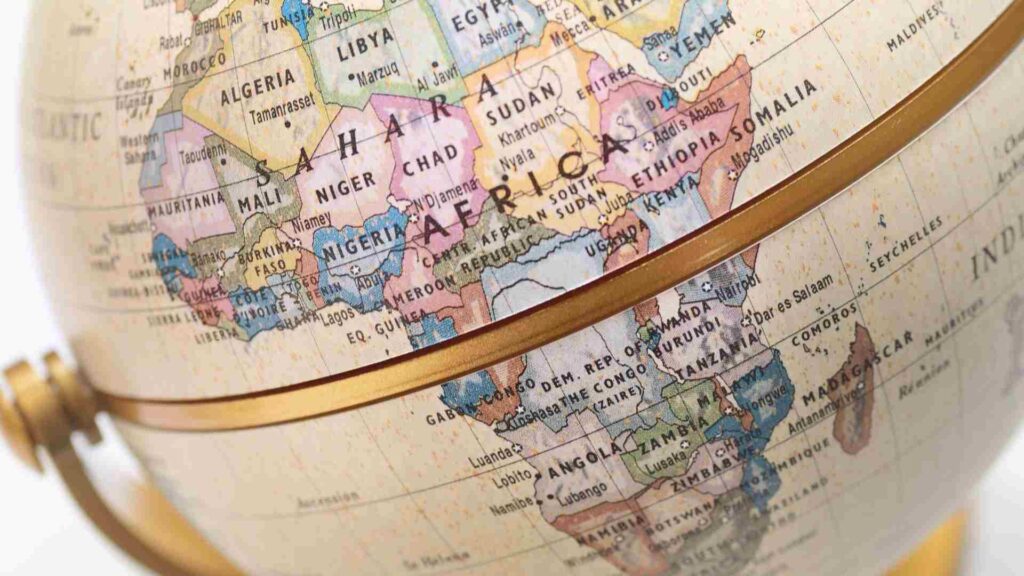
How does Africa’s investment climate stack up against other regions? In recent years, Africa’s FDI trends have both mirrored and diverged from global patterns. Like other regions, the continent saw a pandemic-era dip in investment followed by a recovery; unlike some faster-recovering regions, Africa’s rebound has been modest in absolute terms. In 2023, Africa attracted roughly 6% of the developing world’s FDI and just over 4% of global FDI. By comparison, developing Asia — led by China, India, and Southeast Asia — drew the lion’s share (about 72% of developing-country FDI).
Africa’s ~$53 billion of inflows pales next to Asia’s $621 billion gfmag.com. Latin America, with economies like Brazil and Mexico, also garnered nearly four times Africa’s FDI at around $193 billion. These figures highlight that Africa is still an under-invested region relative to its size. The continent accounts for ~17% of the world’s population but only a small single-digit percentage of FDI – a discrepancy often referred to as Africa’s FDI paradox.
Yet, when adjusting for market size and considering returns, Africa’s investment appeal becomes more competitive. As noted, Africa has offered higher average profitability on FDI than other regions in past decades fbj.springeropen.com, reflecting the greater growth potential (and risk premium) of its investments. Moreover, Africa’s internal investment landscape is becoming more competitive and integrated, which bodes well vis-à-vis other regions. The implementation of AfCFTA is analogous to how trade blocs in Asia or Latin America improved those regions’ attractiveness by ensuring investors’ access to large unified markets. Over the five years since 2018, FDI inflows have expanded across all major African regional blocs, especially in West and Southern Africa. This broad-based growth indicates a continent catching up to global peers in creating viable investment destinations.
In terms of sectoral mix, Africa is gradually converging with global trends. While Asia long ago transitioned to manufacturing-led FDI and Latin America to services-led FDI, Africa’s inflows were historically concentrated in primary commodities. Now we see Africa’s FDI profile diversifying: a rising share of projects in services and manufacturing, not unlike other regions’ trajectories albeit at an earlier stage. For example, the tech and renewable energy investments happening in Africa echo the same sectors that are hot in Asia and Latin America. In 2023, Africa actually outpaced other regions in certain forward-looking investments – such as green hydrogen – and held its own in attracting mega-projects (six of the ten largest greenfield investments announced in the developing world in 2023 were in Africa, on par with Asia’s six). This suggests that global investors are beginning to view African locations as viable alternatives for large-scale projects, whereas in the past they might have looked exclusively to Asia or elsewhere.
That said, Africa’s investment environment still faces competitive disadvantages. Other regions generally offer more advanced infrastructure, larger pools of skilled labor, and more mature financial systems. Many Asian countries rank higher on indices of ease of doing business (though several African countries have been fast improvers). Political stability is taken for granted in much of Eastern Europe or Southeast Asia, whereas investors in parts of Africa must factor in higher political risk insurance. Furthermore, incentives alone cannot always overcome market size limitations – a country of 10 million in Africa, even with reforms, might not attract an auto factory that could go to a country of 100 million in Asia, unless the AfCFTA market access is fully realized.
In the global competition for investment, Africa is positioning itself as the next frontier – a region of high risk, but arguably higher reward. Investors compare Africa’s trajectory today to that of Asia 20–30 years ago: rapid population growth, urbanization, and nascent industrialization. Just as global capital flowed into China, India, and Southeast Asia to capitalize on their growth spurts, many see Africa as the last big emerging market with untapped opportunities.
Initiatives like the G20 Compact with Africa and various EU and US investment programs (e.g. Prosper Africa, Global Gateway) are indicative of geopolitical interest in not letting Africa’s potential slip by. Africa’s investment environment is therefore increasingly part of boardroom discussions alongside Asia and Latin America. As reforms continue and success stories multiply, the gap between Africa and other regions in attracting FDI could begin to narrow. The continent’s challenge – and opportunity – is to translate its abundant resources and young workforce into an advantage by building the necessary conditions for businesses to thrive better than competing destinations. If it succeeds, Africa could emerge as one of the great investment success stories of the 21st century, much as Asia was in the late 20th.
From the sweeping savannas of Kenya’s tech hubs to the solar fields of Morocco’s deserts, foreign investment in Africa is entering a new era. The latest data and trends paint a picture of an African investment landscape that is maturing and growing more sophisticated each year. Investors are no longer coming solely for oil or gold – they are coming to build cars, lay fiber-optic cables, finance wind turbines, and launch e-commerce platforms. The continent’s governments, for their part, are striving to create a hospitable climate for capital through reforms and regional integration. Challenges remain real, from infrastructure gaps to governance issues, but the trajectory is unmistakably upward. Africa today offers an expanding array of business opportunities in Africa’s diverse markets, underpinned by improving economic fundamentals and a youthful entrepreneurial spirit.
For global investors evaluating where the next big growth story might be, the message is clear: Africa is open for business. The combination of rising consumer demand, untapped resources, and proactive reforms make it a region of immense promise. Indeed, to invest in Africa in 2025 is to invest in a continent poised at the cusp of transformation – one where patient capital can reap substantial rewards as markets deepen and integrate.
As the continent continues to stabilize and innovate, foreign investment will play a pivotal role in sustaining its momentum. In summary, investment opportunities in Africa are broader and more exciting than ever before. Those who recognize Africa’s potential and engage with its markets today stand to benefit from the continent’s next chapter of growth, while also contributing to the prosperity and development of over a billion people. The stage is set for Africa’s investment horizon to shine, inviting investors worldwide to be part of the success story that is still unfolding across this vibrant continent.
Sources:
UNCTAD World Investment Report 2023 & 2024 – FDI data and analysis
unctad.org
EY Africa Attractiveness Report 2024 – Sectoral FDI trends
ey.com
African Development Bank, African Economic Outlook 2024 – Growth forecasts
afdb.org
World Bank Africa’s Pulse/Overview – Regional developments and challenges
worldbank.org
World Economic Forum – AfCFTA Investment Protocol insights
weforum.org
UNCTAD Investment Trends Monitor – Global vs regional FDI comparisons
gfmag.com
fbj.springeropen.com
UNCTAD News Releases – Investment reforms and facilitation measures
unctad.org
1. What are the benefits of foreign direct investment in Africa?
Beyond only financial flow, foreign direct investment (FDI) in Africa offers a complex array of advantages. It promotes economic development by means of employment creation, knowledge transfer, and sector-wide increased production. Through such expenditures, many African countries also get modern infrastructure and access to international markets. Deeper down, FDI typically propels institutional changes and pushes standards for openness and government. It’s about momentum not only about money.
2. What Are the Key Sectors for Foreign Investment in Africa?
Africa’s investing environment is changing, and among this change important sectors are rising tall. Natural resources like minerals, gas, and oil used to attract investors historically; today, the focus is more broadly spreading. Rapidly becoming more important are renewable energy, fintech, telecommunications, agriculture, infrastructure, and Young, tech-savvy citizens of the continent are driving innovation—especially in digital banking and e-commerce—which makes Africa a frontier for future-ready industries.
3. What Challenges Do Foreign Investors Face in Africa?
Although there are many chances, foreign investors do run certain difficulties. Underdeveloped infrastructure, complicated regulations, and political unrest in some areas can all hold down advancement. Negotiating local legal systems and corporate cultures demands both wisdom and patience. Furthermore complicating operations are bureaucratic delays and corruption. Many of these difficulties can be reduced, though, with careful attention and close local cooperation—or perhaps turned into strategic benefits.
4. Are There Legal Protections for Foreign Investors in Africa?
Indeed, several African nations have passed laws meant especially to safeguard foreign investors. These comprise investment regulations, bilateral investment treaties (BITs), and ICSID participation among international dispute resolution agencies. Furthermore providing unified investment rules are regional blocs including SADC and ECOWAS. Although national enforcement policies differ, the continent is progressively moving towards more legal clarity and investor trust.
5. What Are the Recent Trends in Foreign Direct Investment (FDI) in Africa?
FDI patterns lately in Africa show a move toward resilience and diversification. Extractive sectors give way clearly to sectors including technology, renewable energy, manufacturing, and logistics. Furthermore rising is intra-African investment, driven by the African Continental Free Trade Area (AfCFTA). Though rising players like Rwanda and Senegal are gaining momentum, nations like Egypt, Nigeria, Kenya, and South Africa still draw large numbers. Also taking front stage are sustainability and impact-driven investing, which hint to a more balanced, forward-looking approach.
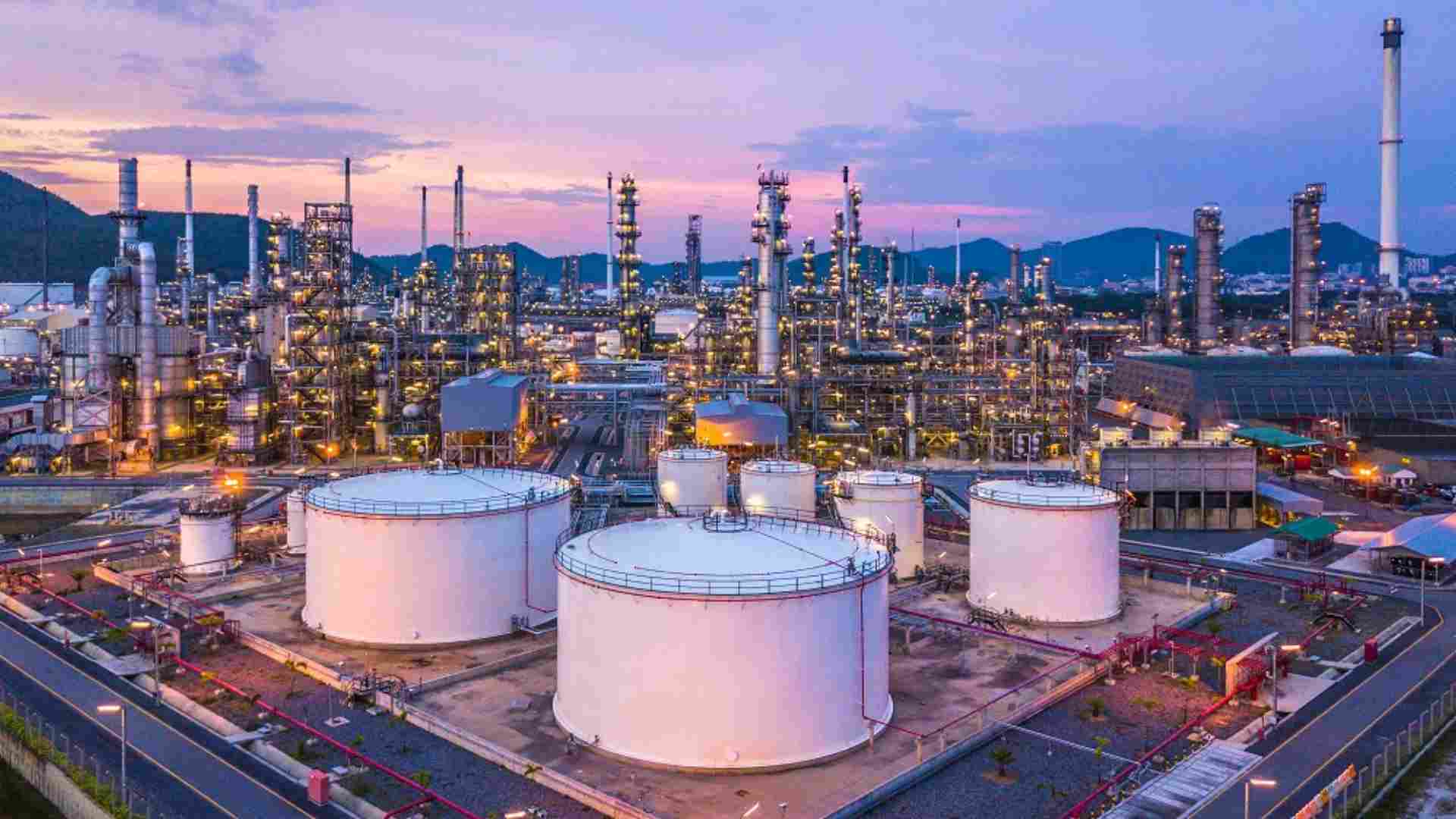
With the three new refineries scheduled to greatly increase Nigeria’s refining capacity, the country is about to enter a transforming period in its petroleum sector. This growth not only promises to lessen Nigeria’s long-standing dependence on imported refined goods but also helps to establish the nation as a growing center of African energy generation. These […]
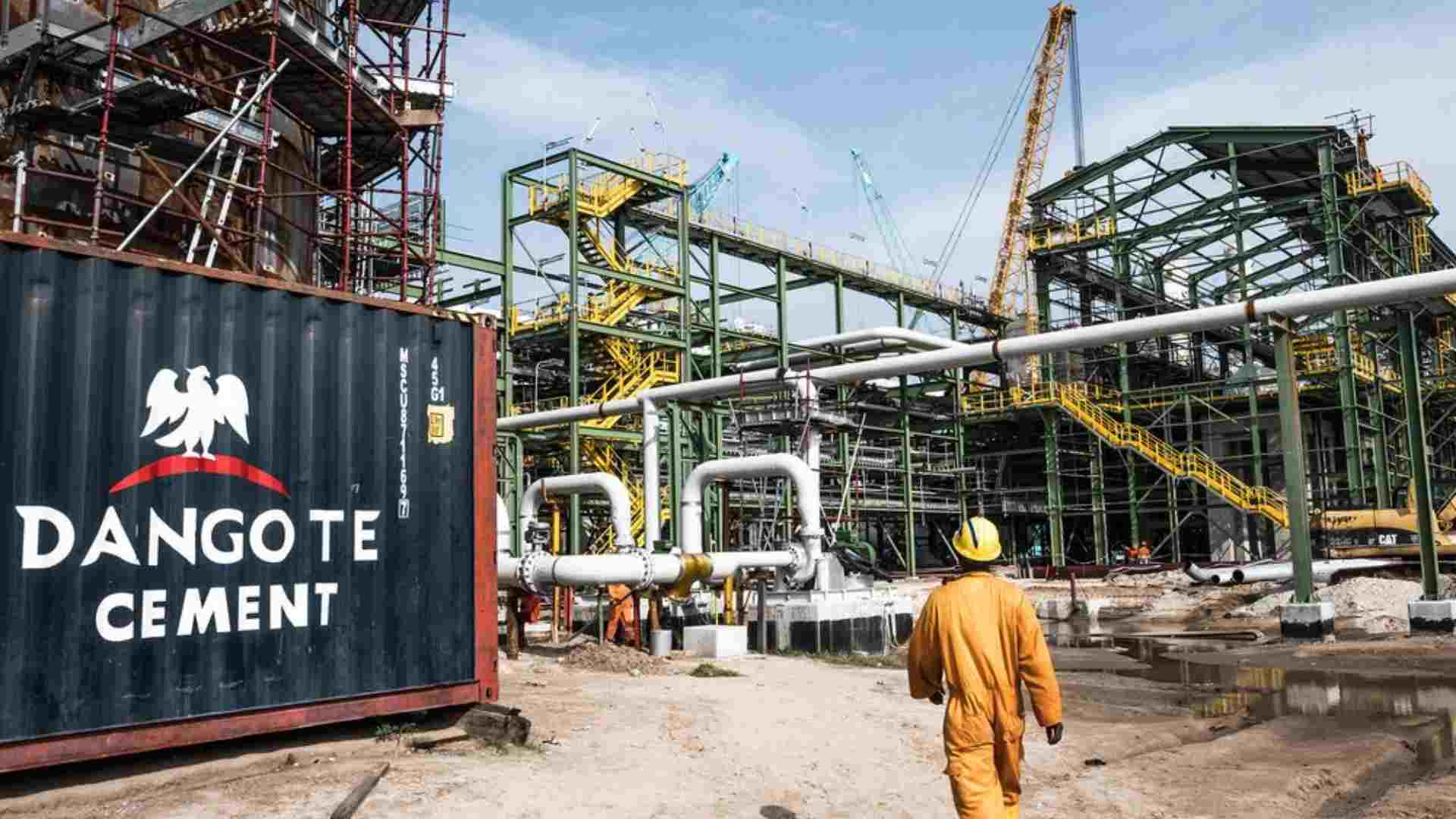
Aliko Dangote — Africa’s richest man and a powerhouse industrialist — is at it again with ambitious projects that have everyone talking. In a recent announcement, Dangote unveiled plans to build a massive new cement factory in Ogun State alongside Nigeria’s largest seaport at the Olokola Free Trade Zone (OKFTZ). These twin developments are poised to boost Nigeria’s […]

Africa has emerged as a favorite destination for investors who are wanting to diversify their portfolios and expand their operations because of the continent’s vast potential. As we reach the year 2025, the dynamic changes that are occurring in Africa’s investment sector will bring with them both opportunities and challenges. This guide aims to shed […]